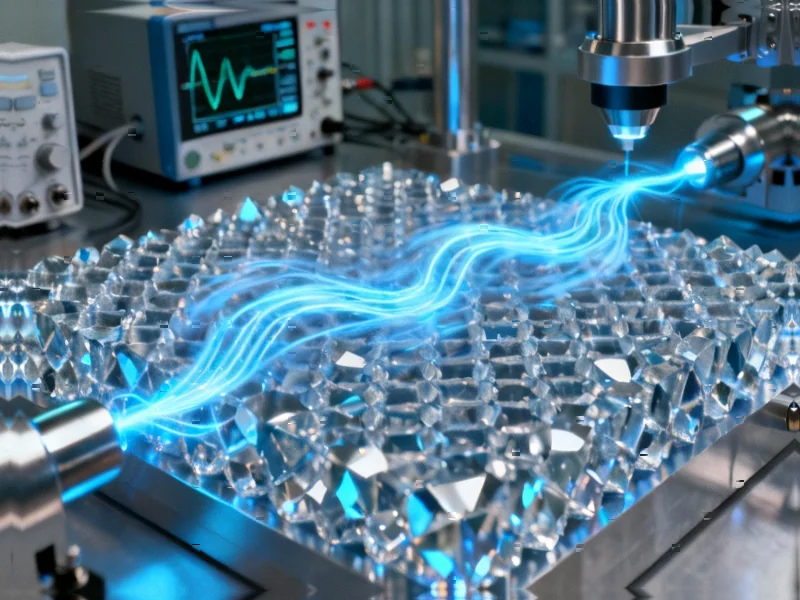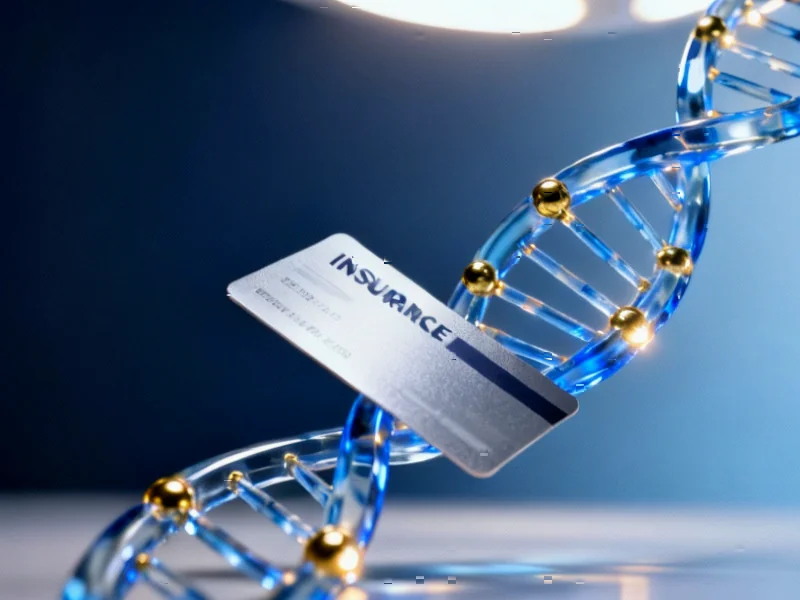According to SciTechDaily, Auburn University scientists have developed a new class of materials that allow precise control over free electrons, potentially transforming computing and chemical manufacturing. Their research, published in ACS Materials Letters, introduces Surface Immobilized Electrides that can be tuned for either quantum computing applications or catalytic reactions. This breakthrough represents a significant step toward practical applications that could redefine multiple technology sectors.
Table of Contents
Understanding the Electron Control Challenge
What makes this research particularly compelling is how it addresses fundamental limitations in electron behavior control that have persisted for decades. Traditional materials keep electrons tightly bound to atoms, limiting their utility for advanced applications. Previous electride materials showed promise but suffered from instability issues that made them impractical for real-world devices. The Auburn team’s approach of immobilizing these materials on stable surfaces like diamond and silicon carbide represents a clever engineering solution to a long-standing materials science problem that goes well beyond what conventional approaches have achieved.
Critical Analysis of the Breakthrough
While the potential applications are exciting, several significant hurdles remain before this technology reaches commercial viability. The scalability of manufacturing these surface-immobilized electrides at industrial scale represents a major challenge that the research doesn’t fully address. Additionally, the operational stability under real-world conditions—including temperature variations, exposure to atmospheric elements, and long-term degradation—remains unproven. The computational nature of the initial research, while promising, needs extensive experimental validation to confirm that the theoretical advantages translate to practical performance. The integration with existing semiconductor manufacturing processes also presents substantial engineering challenges that could take years to overcome.
Industry Impact and Competitive Landscape
This development could potentially disrupt multiple industries if successfully commercialized. In quantum computing, the ability to create stable quantum bits from electron “islands” could provide an alternative approach to current superconducting qubit technologies that require extreme cooling. For the chemical manufacturing industry, the catalytic applications could enable more efficient production of pharmaceuticals, fuels, and specialty chemicals with reduced energy consumption. The timing is particularly significant given the growing interest in chemistry-driven solutions for sustainable manufacturing and the ongoing race for quantum advantage. Companies like IBM, Google, and various semiconductor manufacturers will likely be monitoring this research closely as it progresses from academic discovery toward potential commercialization.
Realistic Outlook and Development Timeline
Based on typical technology development cycles, we’re likely looking at a 5-10 year horizon before any commercial applications emerge from this research. The next critical steps will involve creating prototype devices, demonstrating repeatable manufacturing processes, and validating performance under operational conditions. The involvement of multiple disciplines from Auburn University—spanning chemistry, physics, and materials engineering—suggests a comprehensive approach that increases the likelihood of successful translation from laboratory to practical applications. However, the transition from academic research to commercially viable technology will require significant additional investment and partnership with industry leaders who can address the engineering challenges of scaling and integration with existing technology infrastructure.



